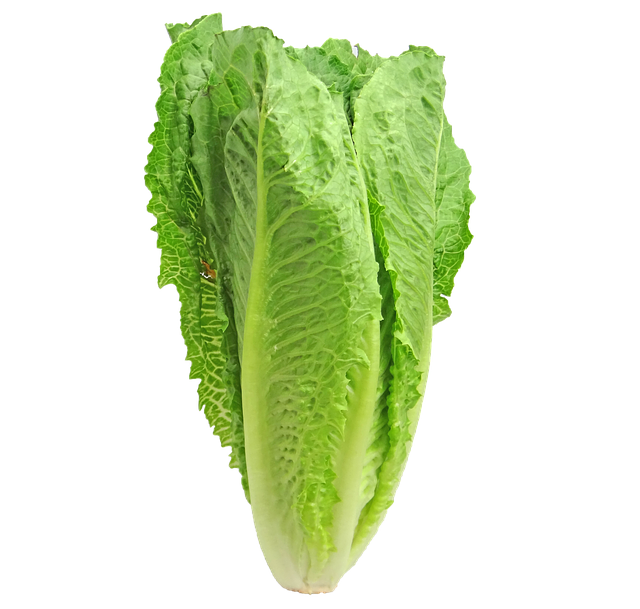

The CCT Tool, an online searchable database providing a consolidated list of contaminant levels (e.g., tolerances, action levels, and guidance levels) that are used to evaluate potential health risks of contaminants in human foods

The CCT Tool, an online searchable database providing a consolidated list of contaminant levels (e.g., tolerances, action levels, and guidance levels) that are used to evaluate potential health risks of contaminants in human foods

The new rule establishes requirements for agricultural water assessments, and sets pre-agricultural water testing and mitigation requirements for farms.

Since 2019, the FDA has tested nearly 13,000 food samples for PFAS and developed new, validated methods for measuring 30 different PFAS in a diverse range of food types.

The two-year study looked at Listeria contamination patterns in three produce processing facilities, using whole genome sequencing to link positive samples to possible sources. The researchers also tested biocides against resident Listeria populations to gauge efficacy and potential loss of sensitivity.

There are many ways to build a successful internal audit program. Taking the time upfront to identify the format, structure and team members is critical. In this article we discuss the key elements of a successful program and provide guidance to ensure that audits add value to the daily operations across the facility.

The first course, Food Safety Testing – Above & Beyond PCQI Principles, will include three 90-minute online classes, led by Trish Wester, President of the Association for Food Safety Auditing Professionals.

Cinnamon samples from Negasmart showed extremely high lead levels of 5110 ppm and 2270 ppm, as the FDA continues increased screening of imported cinnamon and its investigation to determine whether other products exported to the U.S. contain the cinnamon used in the recalled products.

A new dual-readout aggregation-induced emission nanoparticle-based lateral flow immunoassay (LFIA) was able detect E. coli O157:H7 earlier than quantum beads-LFIA and gold nanoparticle-LFIA when samples with low E. coli O157:H7 concentrations were cultured.

To date, there have been 11 reported illnesses, 10 hospitalizations and one death associated with the outbreak. On November 7, 2023, FDA matched samples of 2lb bagged peaches at The HMC Group Cold Storage in Kingsburg, California, to the outbreak strain via Whole Genome Sequencing.

The updates include instructions for annual environmental sampling of Cronobacter and Salmonella at powdered infant formula facilities and instruction for FDA notification should a sample test positive for Cronobacter or Salmonella, or if a sample is found to have nutrients that are above or below required levels per the agency’s infant formula regulation.